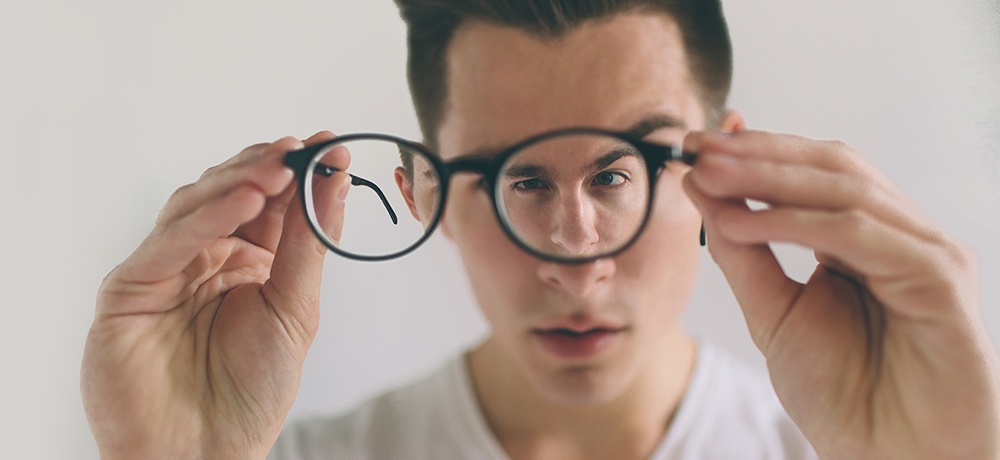Myopia Control Therapy

Myopia is the inability to see far away objects clearly, commonly referred to as nearsightedness. This condition typically develops during early childhood and often is progressive, more rapidly in the pre-teen years. Recent studies provide evidence that myopia increase when the images in the peripheral retina are focused behind the eye (hyperopic defocus). As the eye grows, it lengthens in attempt to bring the hyperopic defocus on to the peripheral retina. This increase in length will lead to an increase in myopia. High myopia in turn increases the risk of eye diseases such as cataract, glaucoma, retinal detachment and myopic degeneration--all of which can cause irreversible vision loss.
Many factors may be involved in the progression of myopia, such as hereditary, environmental as well of behavioral factor such as increase close-up task (reading and electrical devices). In fact, studies have shown that children who had more outdoor activities have a lower rate of myopia progression versus their less active counterparts. Much research into treatments for slowing or stopping myopia progression has been done and is still ongoing. Here are some of the treatment options currently being offered.
Orthokeratology (Ortho-K)
Ortho-K is a method of using specially designed oxygen permeable contact lens to reshape the front surface of the eye, eventually allowing clear vision during the day without corrective lenses. The contact lens is worn every night or a few nights a week depending on individual results, and it’s ideal for mild to moderate myopia.
Studies show that Ortho-K can reduce the progressive lengthening of the eye, resulting in a slower progression of childhood myopia.
Multifocal Contact Lenses
Multifocal soft contact lenses are special designed lenses with difference powers zones to correct for presbyopia as well as myopia or hyperopia. However, recent studies provide evidence that these contact lenses are effective in reducing myopic progression by as much as 50%.
MyoVision
Designed by Zeiss Canada, this is a single vision spectacle lens reduces the progression of myopia by working to minimize the peripheral hyperopic defocus. With myovision, myopia control rate of 30% possible and it is well tolerated by children.
Atropine Drops
Base on long established theory that excessive near work causes over accommodation and stimulating myopia progression, several studies have been done to find ways to eliminate this trigger. Results have shown that low concentration of atropine to be effective in slowing the progression of myopia, up to as much as 50% control rate. Atropine works to relax the eye muscles responsible for accommodation, hence minimizing the stimulus for myopic development. Because of the low concentration, side effects such a light sensitivity and glare are lesser and more tolerable than that of full concentration Atropine.